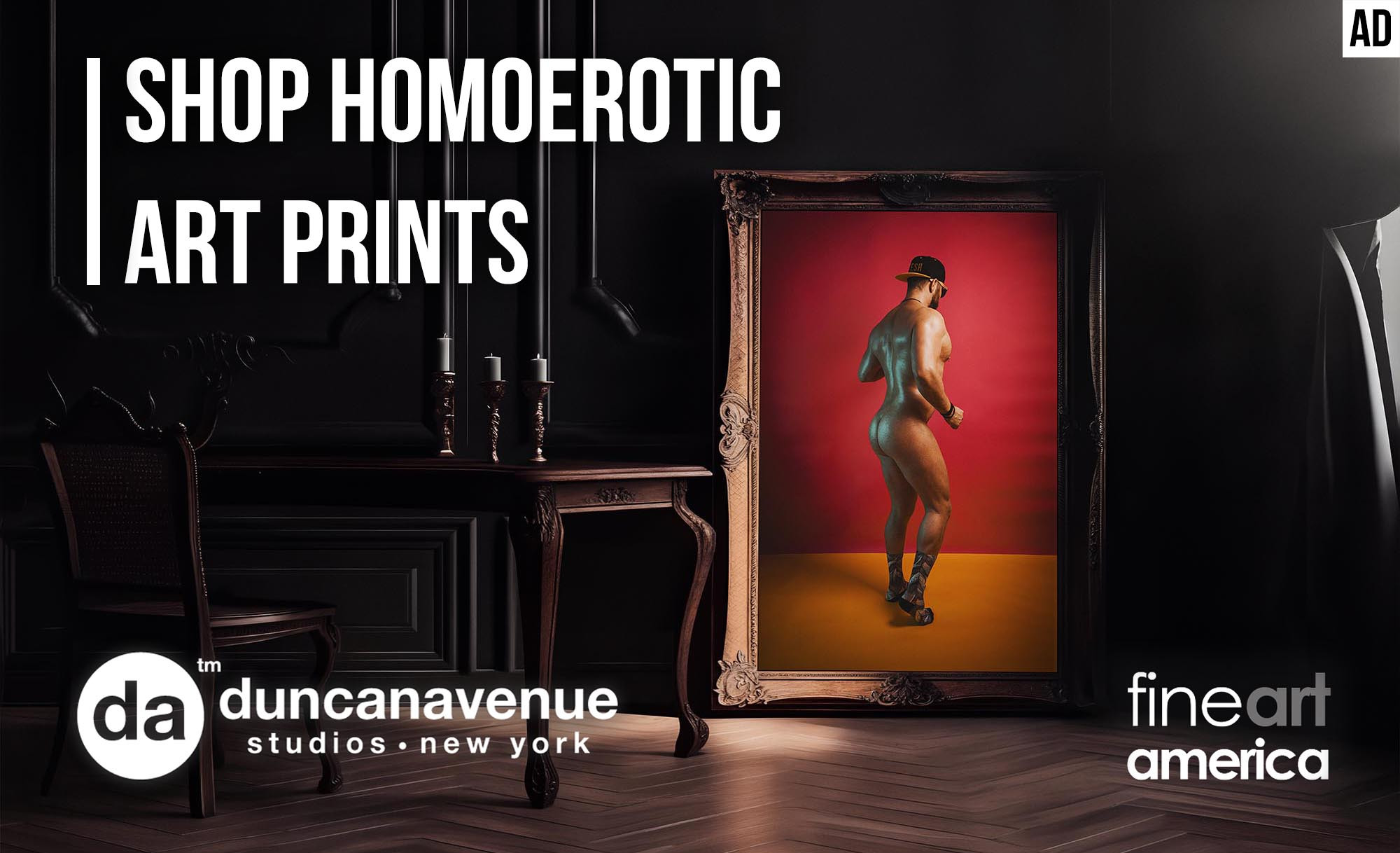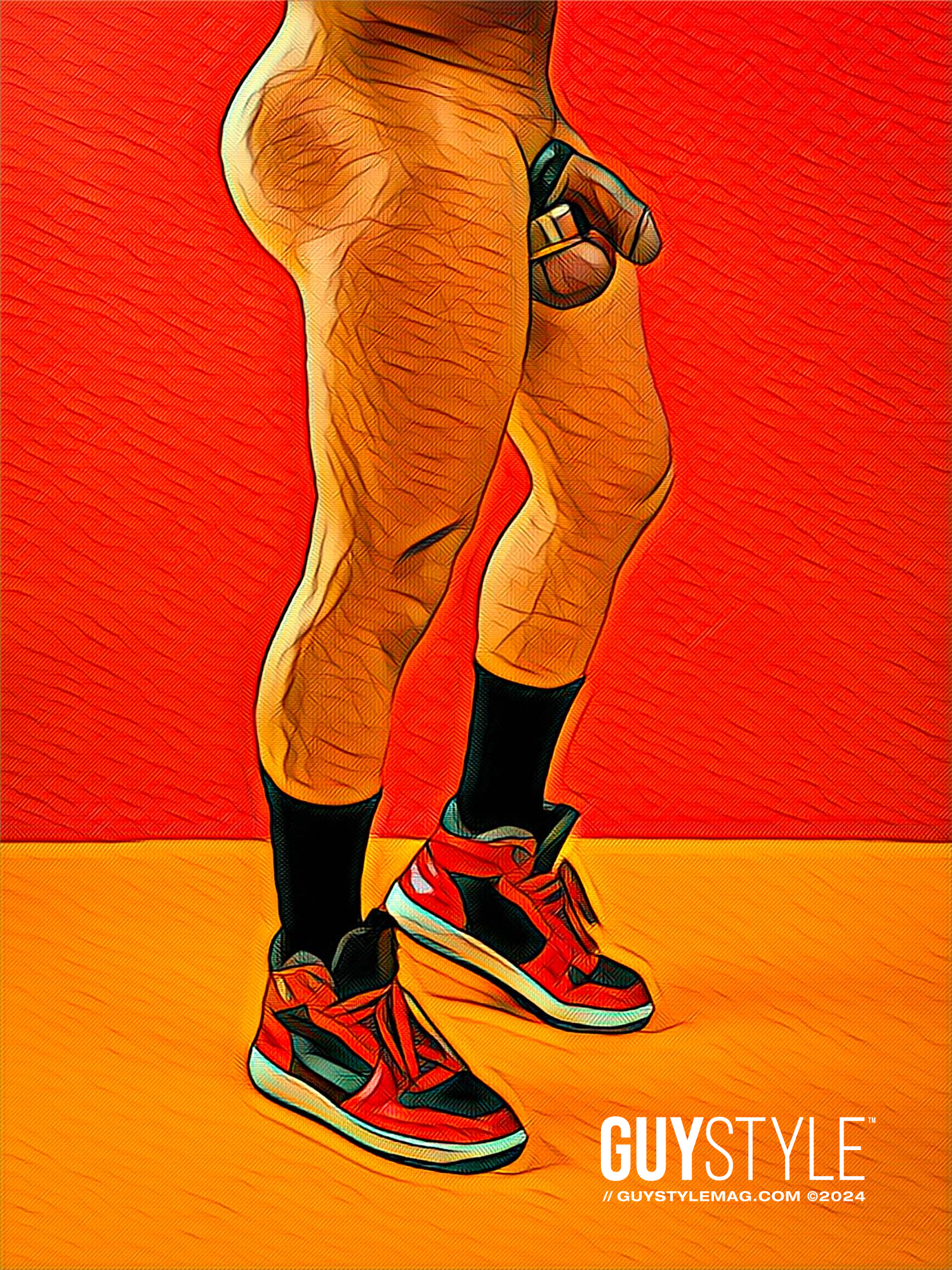Phallic art, with its roots deeply embedded in ancient cultures, has traversed through millennia, evolving from symbolic representations of fertility and power to diverse expressions of human sexuality and desire. Throughout history, the phallus has been a potent symbol, appearing in various forms of art, from sculptures to paintings, and continues to provoke thought and inspire creativity. In the contemporary era, artists like Maxwell Alexander have boldly embraced phallic themes, infusing them with vibrant hues and homoerotic narratives, challenging societal norms and celebrating queer identity.
Exploring the Evolution of Phallic Art: From Ancient Symbolism to Modern Queer Expression – Presented by HARD NEW YORK – Homoerotic Art Gallery
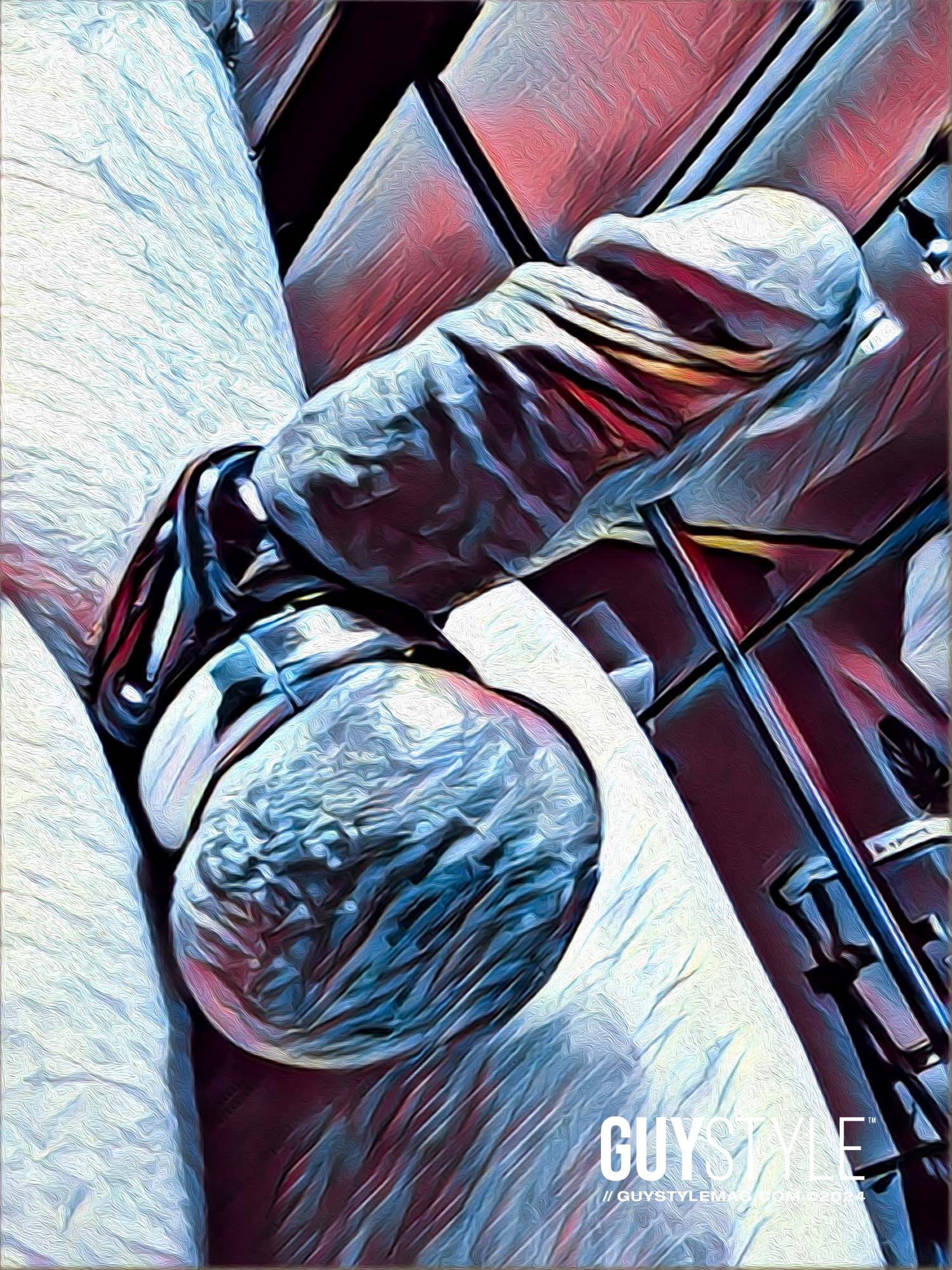
Ancient Symbolism: The depiction of the phallus in art can be traced back to prehistoric times when it symbolized fertility and vitality. In ancient civilizations such as Mesopotamia, Egypt, and Greece, phallic imagery was prevalent in religious rituals, architecture, and pottery. The Greeks, for instance, revered the phallus as a symbol of male potency and worshipped gods like Priapus, who embodied fertility and sexual desire.
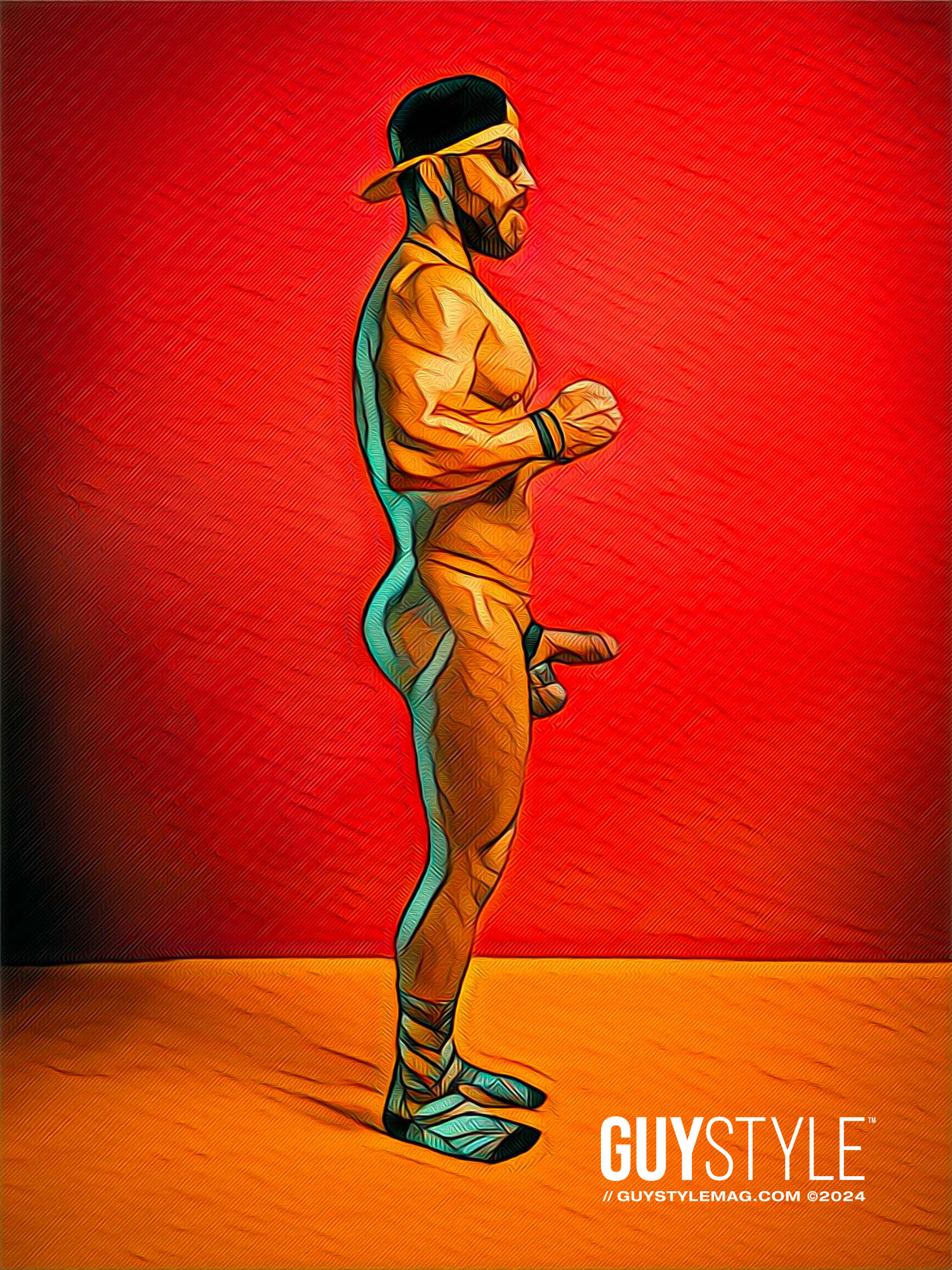
Classical Art and Renaissance: During the Classical period, Greek and Roman artists portrayed the male form with idealized proportions, often emphasizing the phallus as a symbol of strength and virility. This tradition continued into the Renaissance era, where artists like Michelangelo and Leonardo da Vinci explored themes of human anatomy, albeit with a more nuanced approach. Phallic symbolism persisted in religious art as well, with depictions of saints and biblical figures often accompanied by subtle references to masculinity and sexual prowess.

Modern Interpretations: As society underwent profound changes in the modern era, artists began to challenge traditional notions of sexuality and gender. The 20th century witnessed the emergence of avant-garde movements like Surrealism and Dadaism, which embraced the subconscious and the irrational. Artists like Salvador Dali and Marcel Duchamp incorporated phallic imagery into their works, using it as a tool for subversion and social critique.

Contemporary Queer Expression: In the realm of contemporary art, queer artists have reclaimed the phallus as a symbol of empowerment and self-expression. Maxwell Alexander, a prominent figure in the LGBTQ+ art community, explores themes of homoeroticism and male sexuality through his vibrant and provocative works. His paintings often feature exaggerated phallic forms rendered in bold colors, celebrating the beauty of the male body and challenging societal taboos surrounding queer desire.
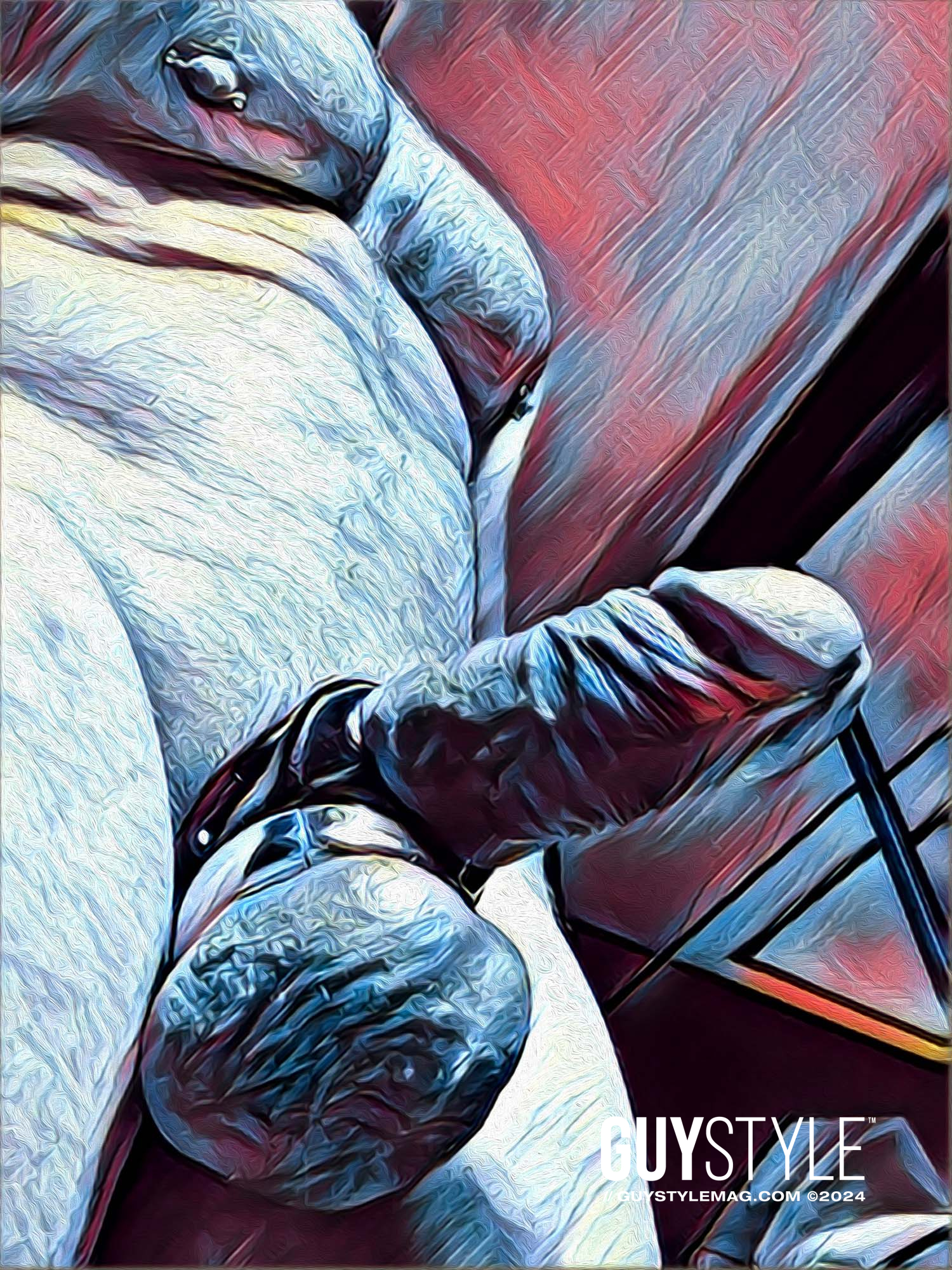
Alexander’s art transcends mere titillation; it serves as a form of resistance against heteronormative narratives and celebrates the diversity of sexual identities. By depicting phallic imagery in a joyful and unabashed manner, he invites viewers to confront their preconceptions and embrace the full spectrum of human desire.

Conclusion: The history of phallic art is a testament to the enduring fascination with the male form and its symbolic significance across cultures and epochs. From ancient fertility symbols to modern expressions of queer desire, the phallus continues to captivate artists and audiences alike, serving as a canvas for exploration and liberation. In the hands of artists like Maxwell Alexander, phallic imagery becomes not just a symbol of sexuality, but a beacon of empowerment and inclusivity in the realm of contemporary art.


